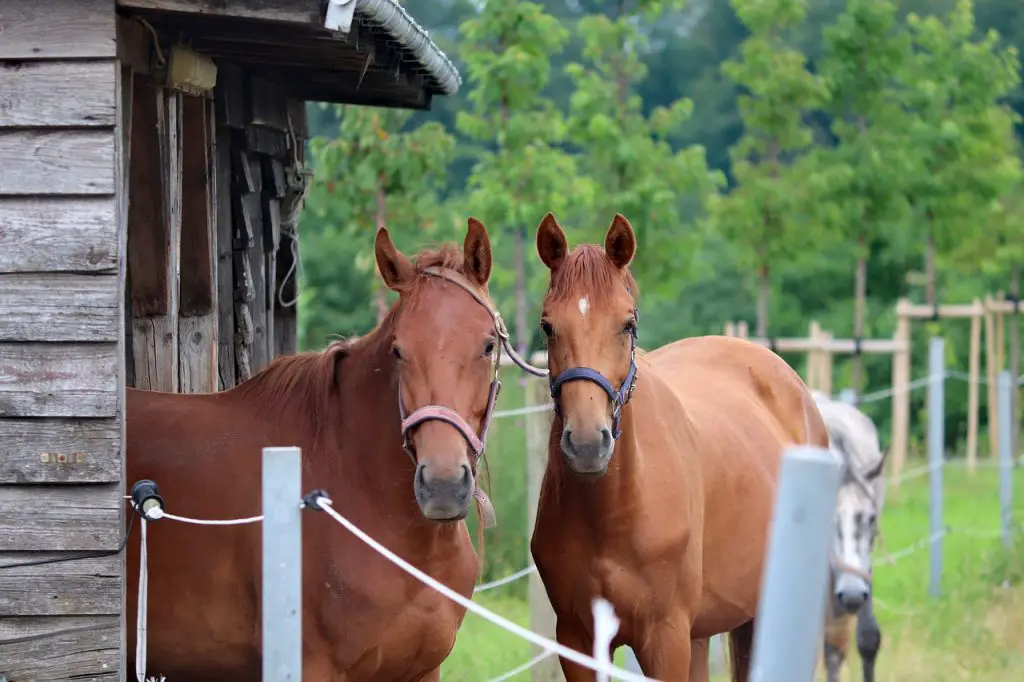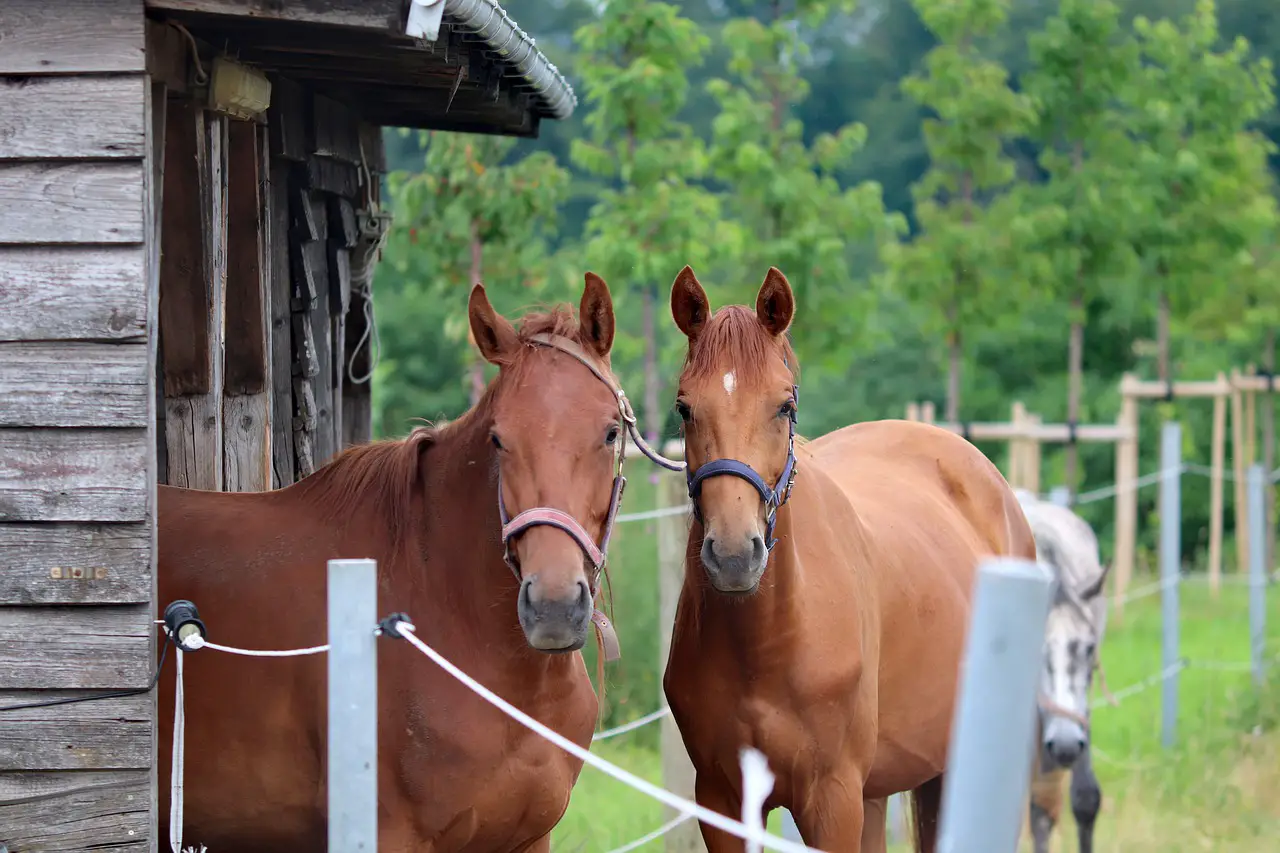Last Updated on April 5, 2022 by Allison Price
Spanish researchers have highlighted the rarity of horses with chimerism (a form of genetic balancing) in which an individual has two distinct genetic makeups.
The university of Seville and Cordoba conducted the research on purebred Spanish horses.
Despite the unique genetic arrangement, sexual chimerism in PREs was not associated with infertility.
It is well-known that chromosomal abnormalities are the main genetic cause of infertility in horses.
These cases are often left undiagnosed because they lack specificity and can be difficult to diagnose.
The study team found that chimerism is strongly associated with twin births in domestic animals. However, its prevalence and reproductive effects in horses are not yet known.
Chimerism refers to a genetic disorder where two zygotes, fertilized eggs, are combined after fertilization to create one zygote that grows normally.
This results in two types of cells, each with its own genetic constitution.

Most cases show that cells from different organs or parts of the body have differing DNA. It is as if there were two people living in the same body.
This can be caused by either the exchange of hematopoietic cells via placental circulation among dizygotic twins (“blood chimerism”) or the fusion between two embryos during the early stages of development (“true chimerism”).
The researchers published the first study that found twin births and chimerism among large populations of PRE horses.
The effectiveness of a molecular detection instrument, which was developed by the research team, to detect chimerism was also demonstrated in their work.
Analyzing foaling records of more than 21097 PRE horses born between 2015 and 2016 was possible.
There were 14 twin births that gave rise to 23 twins. Analysis revealed five cases blood chimerism.
The overall prevalence for twin foaling was 0.066%. 21.7% of these twins were found to be blood-chimeric cases. This gives an overall prevalence of 0.011%.
This indicated that horses with the same genetic condition were extremely rare.
“Furthermore no true chimaeras have been detected,” the study team stated in a brief communication in The Veterinary Journal.
Mercedes Valera, professor at the University of Seville’s Higher Technical School of Agricultural Engineering, stated that the chimeric detection tool was quick and inexpensive and could be used in veterinary care for horses. It allowed for the detection of chromosomal abnormalities associated with infertility or subfertility.
This research was done in collaboration with the Veterinary Genetic Diagnosis Laboratory, the Animal Cytogenetic Laboratory at University of Cordoba, and the Ing. Fernando N. Dulout Veterinary Gene Institute of the Faculty of veterinary Science, National University of La Plata, Argentina.


